Japanese Candlesticks Guide: Patterns for Market Analysis
Updated: 21.03.2025
Japanese candlesticks for beginners and professionals: graphical analysis of financial markets using Japanese candlesticks (2025)
Japanese candlesticks are the most popular way to read and analyze price charts. Price movement in the form of Japanese candlesticks is very easy to understand and extract the maximum useful information from it. The candlestick chart itself is useful for absolutely all traders: from beginners to professionals and from binary options traders to Forex traders or stock traders.
The first mention of the construction of a “candlestick” chart appeared in 1700 - then it was used by the Japanese rice trader Homma Munehisa. After 300 years, this knowledge received an “updated look” in Steve Nison’s book “Japanese Candlesticks. Graphical analysis of financial markets." In this article I will try to convey all the important information that you will need in analyzing candlestick price charts.
Each Japanese candlestick carries four important factual meanings:
The candles themselves can either have shadows or consist entirely of the body of the candle - in such cases, the opening price is the maximum price value for a bearish candle (or the minimum price value for a bullish candle), and the closing price is the minimum price value (or the maximum price for a bullish candle). candles).
Also, Japanese candlesticks may not have a body at all and only have shadows - the opening price is equal to the closing price. Such candles are called Doji. But more on that a little later. Let's see how a bullish Japanese candlestick is formed in practice: A bearish Japanese candle is formed in the same way, only during the formation of such a candle the price moves down - the body of the candle will indicate a fall in price between the opening price and the closing price: Each candle is formed according to the time frame you choose - the time during which one candle is formed. For example:
If there are more bulls in the market, then you will see a rise in price and the formation of a bullish candle. If “bears” predominate in the market, then you will already see a fall in price and the formation of a bearish candle.
The formed candle is a reflection of who won the confrontation between bulls and bears over a specific period of time.
Several strong bullish candles (upward candles with a large body and small shadows) indicate stability in the market and indicate further price growth. The growth will continue until the bears come to the market and want to challenge the advantage of the bulls.
Using Japanese candlesticks, you can determine entry points or, conversely, identify false signals and not enter into a trade. For example, if your strategy calls for a bearish trade, and you see strong bullish candlesticks on the chart, then it is better to wait for the price momentum to weaken and enter the trade later, when the bears begin to tip the scales in their favor.
As buyers (bulls) enter the market, the bearish candlesticks will also change - the body of the candlestick will become small and the shadows will be large. Several strong bearish candles following each other indicate the presence of strong price momentum and a continued fall in price.
Trading options:
If you see a red candlestick with a small body but a large shadow on top, then this means that during the formation of this Japanese candlestick the bulls dominated (hence the large shadow on top - the price was pushed up), but towards the end of the formation the bears won a resounding victory and did not They only regained their positions, but also directed the movement downwards. Such candles are an indicator of the strength of bears.
If you see a bullish candle with a small body and a long shadow below, then everything is exactly the opposite: initially the bears prevailed, but towards the end of the candle formation, the bulls regained all their positions and were firmly entrenched in the upward movement. Such candles should be considered as strong bullish candles.
The color of the candle helps us understand who is now in control of the market situation - bulls or bears. Candles, in turn, line up in trends and sideways, which also allows us to understand and assess the situation on the market. The length of the shadow (hairpin) indicates to us the strength of the price rebound from a certain price level: The size of the candle body (both in relation to the shadow and in comparison with other candles) tells us about the dominance of bulls or bears. If there are only bulls or only bears in the market, then the body of the candle will be large (when compared to other candles), and the shadow will be very small or completely absent: Too large a shadow on top of a bullish candle tells us that sellers are now much stronger, despite the fact that the candle is bullish - the bulls are losing their positions very quickly and strongly and allowing the bears to take the initiative.
For bears, a similar situation occurs when a bearish candle is formed with a small body and a long shadow below - this indicates that the bulls are now dominant, despite the fact that the candle is red. Such candles most often appear at price reversals. There are four main factors indicating the current state of the market:
To confirm a pin bar, you should use support and resistance levels, as well as any indicators that predict a price reversal. As for me, the support and resistance levels are quite enough - a pin bar is very often formed on them.
This candlestick formation suggests that sellers or buyers (depending on the situation) do not have enough strength to reverse the price and all they can do is create a temporary obstacle:
Well, we will analyze several trading situations so that you can better understand what is happening on the price charts. As you can see, candlestick formations are very common. Just on this chart in a couple of minutes I found:
Three Soldiers and Three Crows quite accurately predicted the presence of a strong trend, and absorption and a triple downward reversal indicated reversal points for trend movements. When you understand what the chart shows, trading becomes much easier.
All technical analysis or graphical analysis of Japanese candlesticks comes down to understanding the patterns and the ability to use them. It is much easier to look for reversal patterns and trend continuation patterns - the more often the formation occurs, the more profitable it is to use it. You shouldn’t memorize all the Japanese candlestick patterns (there are more than 100 of them), it’s better to learn 10-15 and radically change your approach to trading.
Do not forget that this method of predicting price movements is not 100% accurate (like any other trading method), so do not forget about the risks! But even in this situation, Japanese candlesticks and their correct understanding will allow you to significantly improve your trading results - after all, we are all here just to make money!
The first mention of the construction of a “candlestick” chart appeared in 1700 - then it was used by the Japanese rice trader Homma Munehisa. After 300 years, this knowledge received an “updated look” in Steve Nison’s book “Japanese Candlesticks. Graphical analysis of financial markets." In this article I will try to convey all the important information that you will need in analyzing candlestick price charts.
Contents
- How to correctly read and understand Japanese candlesticks: what are Japanese candlesticks?
- How to correctly read Japanese candlesticks on a chart
- Bullish candles: Japanese candles indicating rising prices
- Bearish candles: Japanese candles indicating falling prices
- Shadows of Japanese candles
- Uncertainty candles: Japanese candles warning of a possible trend change
- How to understand Japanese candlesticks: correct reading of information received from Japanese candlesticks
- Candlestick body size
- What does the length of the shadows of Japanese candlesticks indicate
- The ratio of the Japanese candlestick body to the shadow (hairpin)
- Position of the Japanese candlestick body
- Japanese candlesticks: candlesticks and price reversal patterns
- Pin bar – Japanese price reversal candles
- Model or pattern of Japanese candlesticks “absorption” - the same pin bar, only in profile
- A break in the clouds – a reversal pattern of Japanese candlesticks
- Candlestick pattern “Tweezers”
- Morning and evening star – reversal formation with pin bar
- Triple reversal up and triple reversal down – reversal according to Japanese candlesticks
- Candlestick patterns and trend continuation patterns
- Three soldiers and three ravens - three Japanese trend continuation candles
- Three Candles Model
- Candlestick pattern of trend continuation “Inside Bar”
- Japanese candlesticks and graphical analysis of financial markets
- Japanese candlesticks and graphical analysis: what's next?
How to correctly read and understand Japanese candlesticks: what are Japanese candlesticks?
To learn how to correctly read and understand Japanese candlesticks, you must first understand what they are and what information they carry.Each Japanese candlestick carries four important factual meanings:
- Opening price
- Maximum price value
- Minimum price value
- Closing price
- Bullish candle (candle with rising prices) – as a rule, such candles are green. Such a candle is formed when the price rises and tells us that the closing price is higher than the opening price.
- Bearish candle (candle with a price drop) - as a rule, such candles are red and tell us about the price drop that was observed during the period of formation of the candle. In such candles, the opening price is higher than the closing price.
- Bullish trend (uptrend) – a market state when ascending Japanese candlesticks predominate on the chart
- Bearish trend (downward trend) – a market state when many downward candles can be observed on the chart
The candles themselves can either have shadows or consist entirely of the body of the candle - in such cases, the opening price is the maximum price value for a bearish candle (or the minimum price value for a bullish candle), and the closing price is the minimum price value (or the maximum price for a bullish candle). candles).
Also, Japanese candlesticks may not have a body at all and only have shadows - the opening price is equal to the closing price. Such candles are called Doji. But more on that a little later. Let's see how a bullish Japanese candlestick is formed in practice: A bearish Japanese candle is formed in the same way, only during the formation of such a candle the price moves down - the body of the candle will indicate a fall in price between the opening price and the closing price: Each candle is formed according to the time frame you choose - the time during which one candle is formed. For example:
- Time frame M5 (5-minute time frame) – each Japanese candlestick will contain summary information for 5 minutes: at what price level the 5-minute period began, the maximum price value for this period, the minimum price value and at what price level five minutes is over.
- Time frame H1 (hourly time frame) – everything is the same as with a 5-minute frame, only summary information will be for a period of 1 hour in each Japanese candle
- We clearly understand whether there was a rise or fall in price for the selected period
- We see the maximum and minimum price values for the desired time period
- By understanding Japanese candlestick patterns, you can predict further developments and find the most profitable point for opening a transaction
How to correctly read Japanese candlesticks on a chart
All Japanese candles are initially neutral and look like a regular horizontal stripe - “-”. Traders cannot know for sure what exactly the candle will be - it has yet to side with the bulls or bears, or remain “neutral”.If there are more bulls in the market, then you will see a rise in price and the formation of a bullish candle. If “bears” predominate in the market, then you will already see a fall in price and the formation of a bearish candle.
The formed candle is a reflection of who won the confrontation between bulls and bears over a specific period of time.
Bullish candles: Japanese candles indicating rising prices
Bullish candles on the chart mean that during a given period of time, buyers dominated the market - they drove the price up. The more buyers there are in relation to sellers, the larger the bodies of the candles will be, and the shadows will be smaller or completely absent. If the ratio of buyers to sellers decreases, then bullish candles with a small body and long shadows will begin to appear.Several strong bullish candles (upward candles with a large body and small shadows) indicate stability in the market and indicate further price growth. The growth will continue until the bears come to the market and want to challenge the advantage of the bulls.
Using Japanese candlesticks, you can determine entry points or, conversely, identify false signals and not enter into a trade. For example, if your strategy calls for a bearish trade, and you see strong bullish candlesticks on the chart, then it is better to wait for the price momentum to weaken and enter the trade later, when the bears begin to tip the scales in their favor.
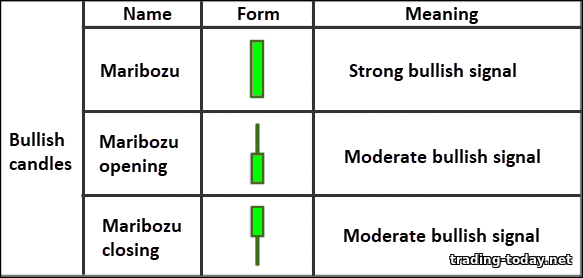
Bearish candles: Japanese candles indicating falling prices
Bearish candles indicate a predominance of sellers in the market - the price is going down. The more sellers there are in relation to buyers, the stronger the price movement will be - strong bearish candles with a large body and small shadows or no shadows at all will be formed on the chart.As buyers (bulls) enter the market, the bearish candlesticks will also change - the body of the candlestick will become small and the shadows will be large. Several strong bearish candles following each other indicate the presence of strong price momentum and a continued fall in price.
Trading options:
- We are looking for downward entry points to move along with the main price movement
- We are waiting for the bearish influence to weaken (the appearance of red candles with a small body and large shadows) and try to find entry points for an increase
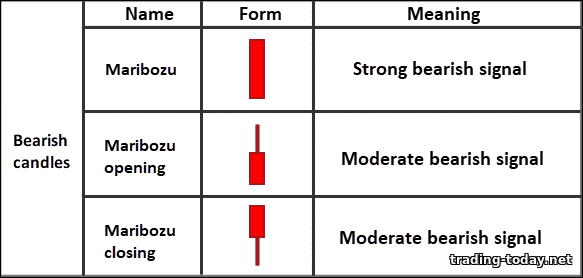
Shadows of Japanese candles
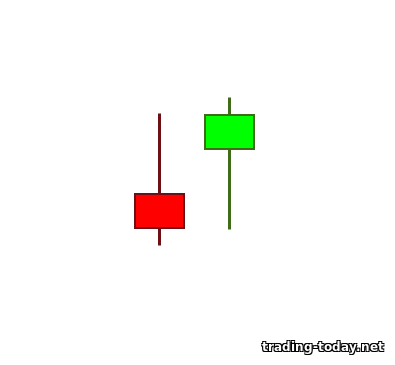
If you see a red candlestick with a small body but a large shadow on top, then this means that during the formation of this Japanese candlestick the bulls dominated (hence the large shadow on top - the price was pushed up), but towards the end of the formation the bears won a resounding victory and did not They only regained their positions, but also directed the movement downwards. Such candles are an indicator of the strength of bears.
If you see a bullish candle with a small body and a long shadow below, then everything is exactly the opposite: initially the bears prevailed, but towards the end of the candle formation, the bulls regained all their positions and were firmly entrenched in the upward movement. Such candles should be considered as strong bullish candles.
Uncertainty candles: Japanese candles warning of a possible trend change
Uncertainty candles are candles that “advise” not to rush and wait for a stronger signal from the market. Such candles appear when there is equality between bulls and bears and it is not always clear which of them will win and where the price will go. In addition, such candles may indicate the possible occurrence of a sideways movement.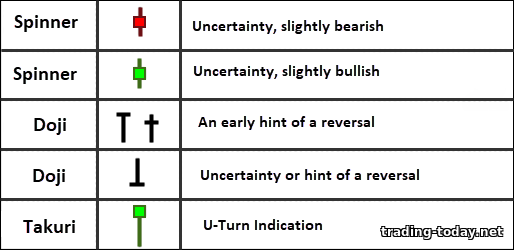
How to understand Japanese candlesticks: correct reading of information received from Japanese candlesticks
Price movement in financial markets is a constant competition between bulls and bears: depending on the dominance of certain market participants, the price moves either up or down.- If there are more buyers than sellers (more bulls than bears), then the price continues to rise. The upward movement will continue until the sellers (bears) return to the market
- If there are more sellers than buyers in the market, the price of the asset will fall until buyers find the price attractive and return to the market
- The greater the number of bulls relative to bears (or vice versa), the faster the price will move in one direction
- If the number of bulls is approximately equal to the number of bears, then there is neutrality in the market - the price stands still or moves but in a very narrow corridor
The color of the candle helps us understand who is now in control of the market situation - bulls or bears. Candles, in turn, line up in trends and sideways, which also allows us to understand and assess the situation on the market. The length of the shadow (hairpin) indicates to us the strength of the price rebound from a certain price level: The size of the candle body (both in relation to the shadow and in comparison with other candles) tells us about the dominance of bulls or bears. If there are only bulls or only bears in the market, then the body of the candle will be large (when compared to other candles), and the shadow will be very small or completely absent: Too large a shadow on top of a bullish candle tells us that sellers are now much stronger, despite the fact that the candle is bullish - the bulls are losing their positions very quickly and strongly and allowing the bears to take the initiative.
For bears, a similar situation occurs when a bearish candle is formed with a small body and a long shadow below - this indicates that the bulls are now dominant, despite the fact that the candle is red. Such candles most often appear at price reversals. There are four main factors indicating the current state of the market:
- Candle body size
- Candle shadow (hairpin) size
- Relationship of the body of a candle to its shadow
- Position of the candle body relative to the shadow
Japanese candlestick body size
The body of a Japanese candlestick shows the current difference between the price at which the candle was opened and the price at which the candle closed. Using these parameters, we can understand the strength of the bulls (if the candle was up) or bears (if the price was falling).- The long body of a candle (in relation to neighboring candles) indicates the strength of bulls or bears and tells us that, most likely, the movement will continue, because there is no force in the market that can prevent this.
- An increase in the size of the candle body indicates an increase in the speed of the trend or trend momentum.
- If several candles with the same body appear on the chart, this indicates the presence of a stable movement caused by the predominance of bulls or bears.
- If the bodies of the candlestick decrease, this indicates the beginning of competition between bulls and bears, which means that it is possible that the trend movement (or trend impulse) will end with a complete reversal, or that the market movement will go sideways.
- If large candles on one side appear on the chart, followed immediately by candles of the same size, but in the opposite direction, then this means the emergence of strong competition between bulls and bears in a given price interval.
What does the length of the shadows of Japanese candlesticks indicate
The length of the shadows allows you to determine price volatility and indicates the presence of competition between bulls and bears.- Short shadows indicate superiority of buyers or sellers
- Long shadows tell us about a state of uncertainty - bulls and bears are trying to persuade the movement to their side
- It often happens that after a long trend, the length of the shadows increases - a change in the price of an asset has attracted more bulls or bears to the market who want to challenge the current state
- Strong trends are usually observed where the candles have practically no shadows - there is no competition between sellers and buyers
- The strength of a trend can also be determined in the following way: by the presence of candles with a shadow only from below - for an uptrend, and by the presence of shadows only from above - for a downward trend. This situation suggests that there are both bulls and bears in the market, but they are not able to resist the driving force
The ratio of the Japanese candlestick body to the shadow (hairpin)
- During strong trends, candle shadows on the side directed towards the trend are almost absent or completely absent. Candle bodies close closer to the price high or low
- During a trend slowdown, the body of the candle is approximately equal to the shadow of this candle - this indicates the beginning of competition between bulls and bears
- If the body of the candle is several times smaller than the shadow of the candle, then there is a high probability of a reversal in the price movement, because the opposing side has completely seized the initiative
- During sideways movements, you can observe a large number of candles with medium bodies, which have shadows equal to the body of the candle or slightly larger than the body of the candle
Position of the body of the Japanese candle
- If you observe a candle that has a long shadow on one side, and the body itself is on the opposite side, then this is a pinbar. This candle can indicate a reversal in price movement if it is at the top or at the very bottom of a trend movement. If this Japanese candlestick is in “traffic” (neither at the top nor at the very bottom), then it indicates uncertainty in the market - you should wait for stronger signals from bulls or bears
- If you observe a candle with a small body and long shadows on both sides, then it is a “Long-Legged Rickshaw” - depending on the position of the candle on the chart (as with a pin bar), it can indicate either a price reversal or uncertainty On the market
Japanese candlesticks: candlesticks and price reversal patterns
To help you better understand the market and quickly find moments when a trend is about to reverse, I suggest you familiarize yourself with the most understandable candlestick reversal patterns. An imminent reversal of price movements can be indicated by several candles (candlestick patterns and models) or individual candles.Pin bar – Japanese price reversal candles
One of the simplest and most understandable ways to determine a price reversal is the occurrence of a pin bar (aka Takuri, aka “Hanging Men” or hanged man). The essence is the same everywhere - “pin” means shadow. Moreover, the shadow should be much larger than the body of the candle.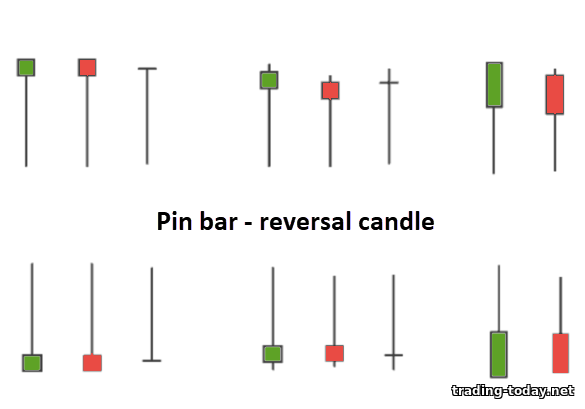
- If the body of the candle is on top and the shadow is below, then such a pin bar is a reversal for a downward trend (after which an upward trend begins). This pin bar is called “The Hanged Man”
- If the body of the candle is below and the shadow is above, then such a pin bar is called a “shooting star” and it indicates the end of the uptrend
- For a pin bar formation to work, it must form at the top or the very bottom of a trend! There is a very simple rule that will allow you to check whether a pin bar has formed there: if there is empty space to the left of the reversal candle, then the pin bar is genuine, if you see candles on the left, then the “pin bar” is in “traffic” and it won't work
- It is important to wait for pin bars against the trend - at the top of an uptrend only the “Shooting Star” will work, and only the “Hanging Man” will serve as the end of the downward movement
- The color of the candle does not affect the forecast, but those candles whose body is opposite to the current trend are much stronger (for an uptrend - the red body of the pin bar, for a downward trend - the green body of the candle)
- It is best to look for pin bars on time frames from M30 and higher - on lower time frames their effectiveness will be slightly less
To confirm a pin bar, you should use support and resistance levels, as well as any indicators that predict a price reversal. As for me, the support and resistance levels are quite enough - a pin bar is very often formed on them.
Model or pattern of Japanese candlesticks “engulfing” - the same pin bar, only in profile
The model or pattern (as it suits you) of Japanese candlesticks “absorption” is another model of price reversal. This formation consists of two candles - one ends the trend, the other is formed in the opposite direction. The pattern has its own rules:- Desirable: The “absorbing” candle (left candle) should be smaller than the “absorbing” candle (right candle)
- The pattern, like a reversal pin bar, should form at the very top of an uptrend or at the very bottom of a downtrend. There must be empty space on the left - the pattern must NOT be in traffic
A break in the clouds – a reversal pattern of Japanese candlesticks
A clearing in the clouds is a reversal pattern, which is somewhat similar to the “Absorption”, but it occurs only if the strength of bulls and bears in the market has changed sharply, for example, under the influence of news or other factors:Candlestick pattern “Tweezers”
The “Tweezers” pattern is formed at strong support and resistance levels and indicates that the price is not able to break through this level now - wait for the price to reverse:Morning and evening star - reversal formation with pin bar or doji
The Morning Star occurs at the end of downtrends, while the Evening Star marks the end of an uptrend. This candlestick pattern is based on three candles - the central candle will always be either a doji (a candle without a body) or a pin bar directed towards the trend. In this case, unlike a regular pin bar, there is direct confirmation that the price has reversed.Triple reversal up and triple reversal down - reversal according to Japanese candlesticks
A triple up reversal and a triple down reversal, as you might have guessed, consists of three candles - one ends the current trend, and the other two “Absorb” it. This formation is a reversal and works exactly the same as a “Pin Bar” or “Absorption”:Candlestick patterns and trend continuation patterns
Similar to candlestick reversal patterns, there are also trend continuation patterns - they also consist of Japanese candlestick formations and indicate the presence of strong and stable price movements.Three soldiers and three ravens - three Japanese trend continuation candles
The pattern consists of three candles with a large body and small shadows, following one after another:- If you see three green full-bodied candles, then these are three soldiers - expect a continuation of the upward trend
- If three full-bodied red candles have formed on the chart, then these are three crows - you should wait for the continuation of the downward trend
Three Candles Model
This pattern, contrary to its name, consists of five candles - the outer candles move towards the trend, and the three candles between them do NOT break through the boundaries of the first candle:Candlestick pattern of trend continuation “Inside bar”
As you might have guessed, this pattern is called so because behind one large Japanese candle a small candle is formed, which is completely located inside the “mother” candle.This candlestick formation suggests that sellers or buyers (depending on the situation) do not have enough strength to reverse the price and all they can do is create a temporary obstacle:
Japanese candlesticks and graphical analysis of financial markets
It would seem that what could be easier than remembering the main candlestick patterns and formations and making consistent money from it? In reality, everything is a little more complicated - although the patterns allow you to get stable profits, they do not work out in 100% of cases, so do not forget about risk management and money management!Well, we will analyze several trading situations so that you can better understand what is happening on the price charts. As you can see, candlestick formations are very common. Just on this chart in a couple of minutes I found:
- The “absorption” formation 8 times – very often the price reverses after this formation
- The “Triple Downward Reversal” pattern 2 times is another strong pattern indicating a price reversal
- The “tweezers” also formed a couple of times at the tops of trend impulses
- Three Crows indicated a strong downward trend
Three Soldiers and Three Crows quite accurately predicted the presence of a strong trend, and absorption and a triple downward reversal indicated reversal points for trend movements. When you understand what the chart shows, trading becomes much easier.
All technical analysis or graphical analysis of Japanese candlesticks comes down to understanding the patterns and the ability to use them. It is much easier to look for reversal patterns and trend continuation patterns - the more often the formation occurs, the more profitable it is to use it. You shouldn’t memorize all the Japanese candlestick patterns (there are more than 100 of them), it’s better to learn 10-15 and radically change your approach to trading.
Japanese candlesticks and graphical analysis: what's next?
I hope you enjoyed the lesson on graphical analysis of financial markets using Japanese candlesticks. In the next lesson we will take a closer look at the main candlestick formations and patterns that you will often see on charts.Do not forget that this method of predicting price movements is not 100% accurate (like any other trading method), so do not forget about the risks! But even in this situation, Japanese candlesticks and their correct understanding will allow you to significantly improve your trading results - after all, we are all here just to make money!

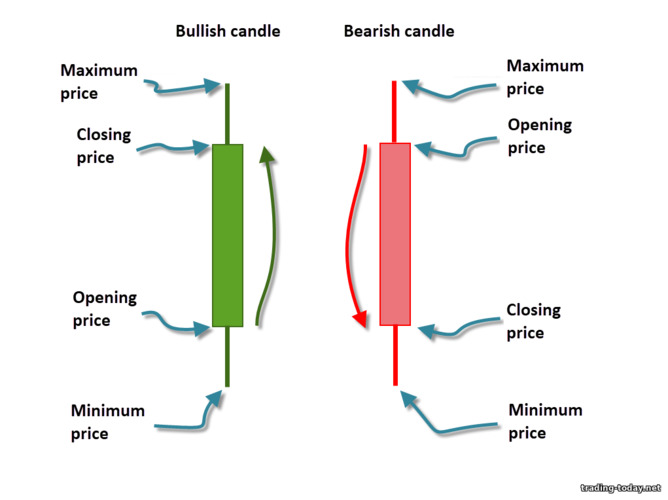
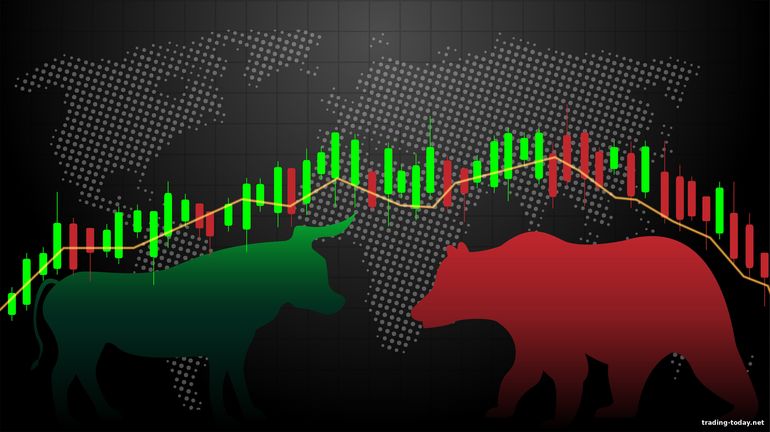
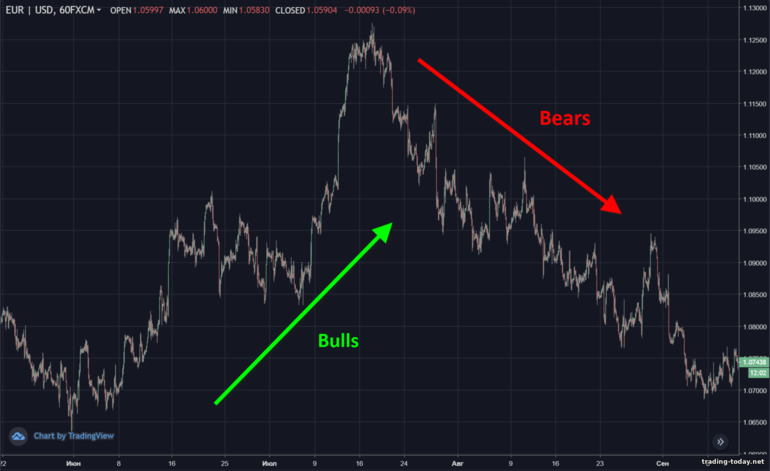
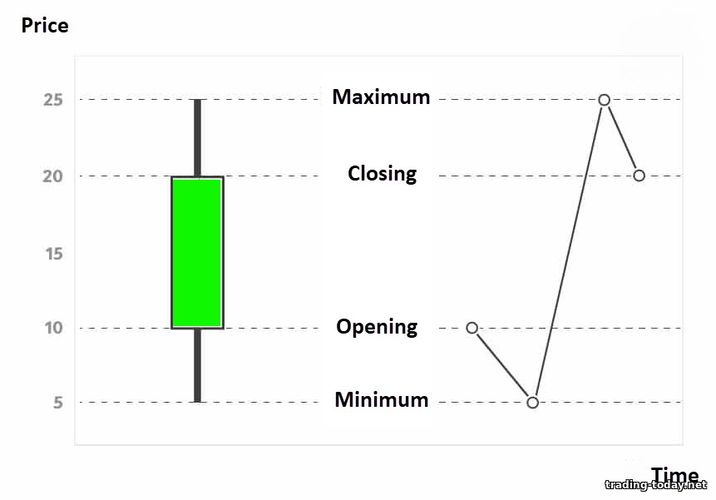

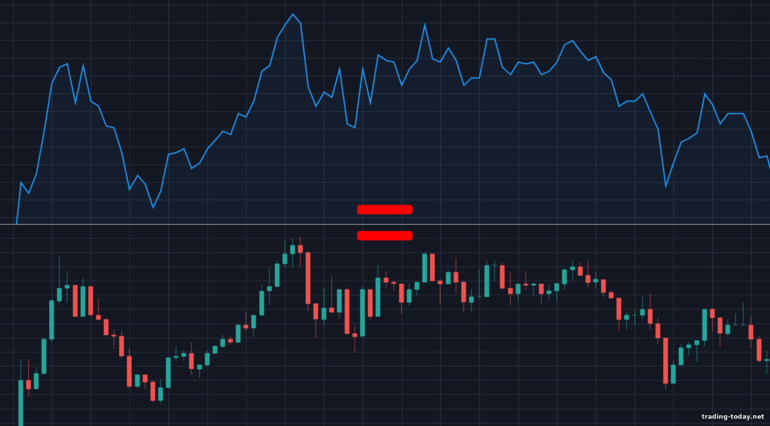
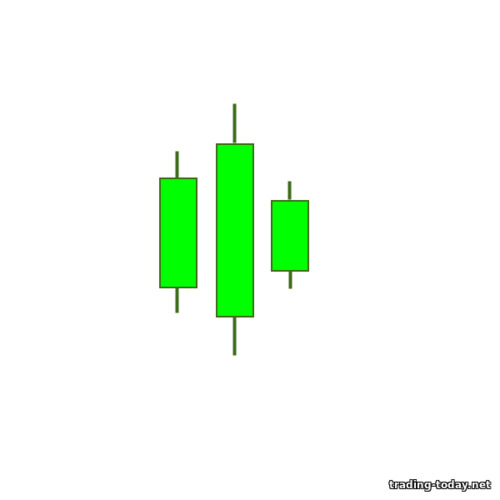
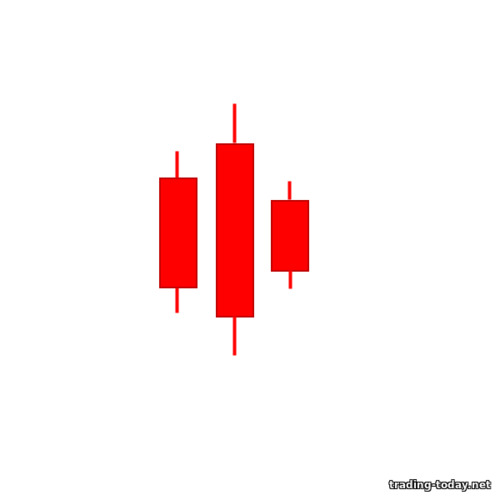
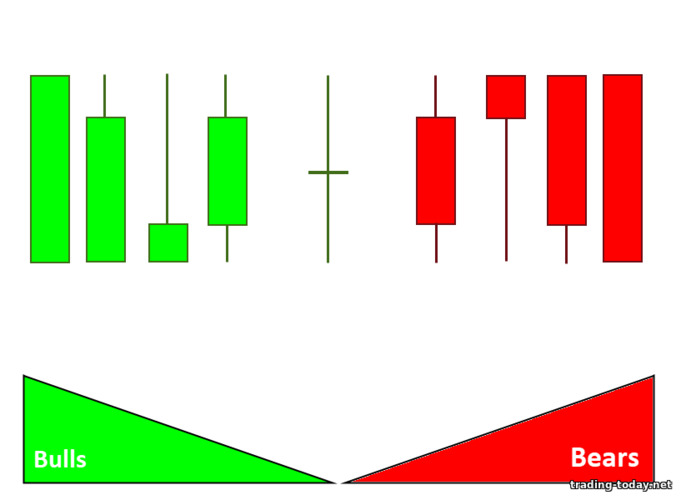
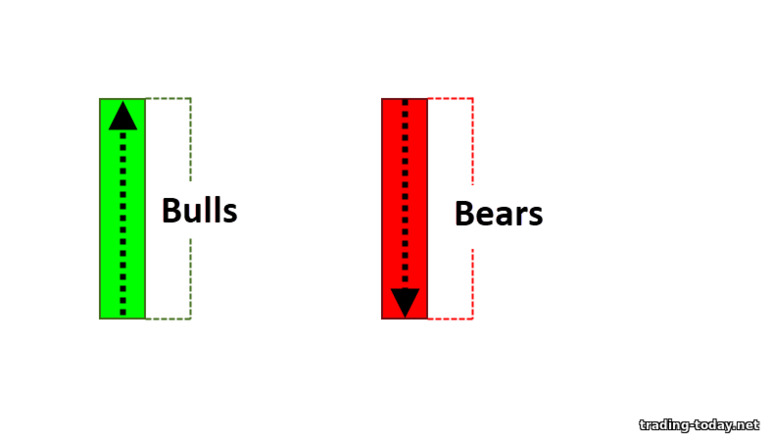
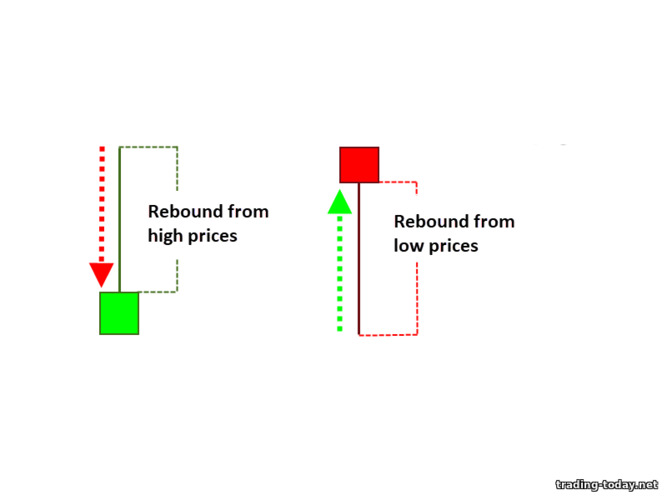
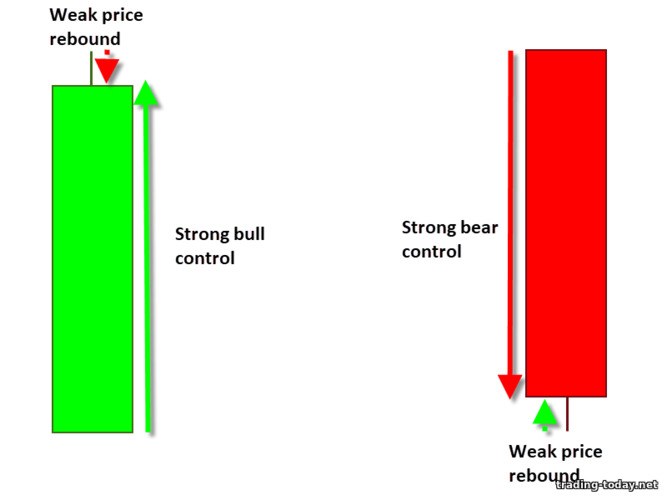
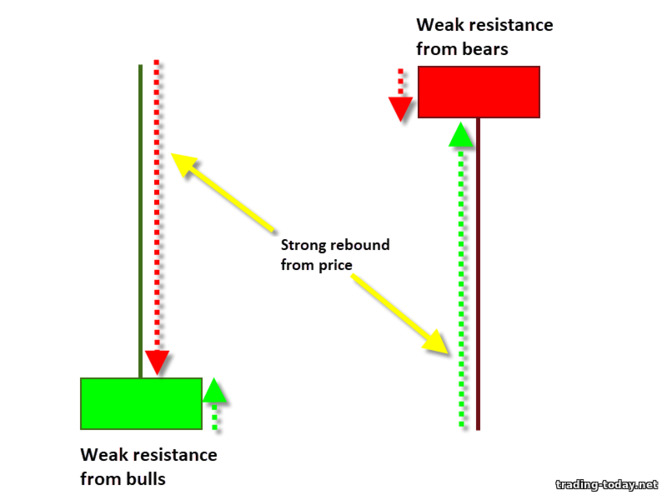
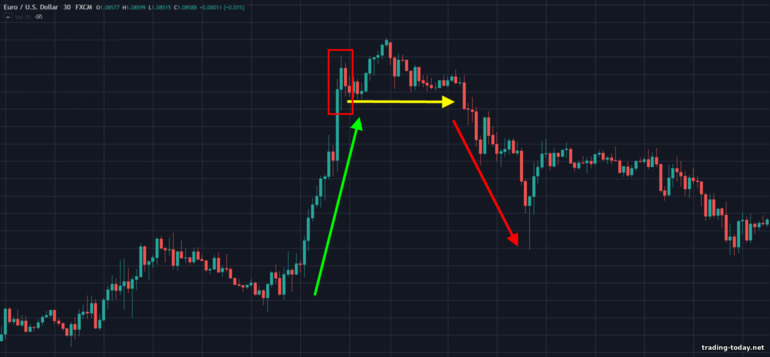
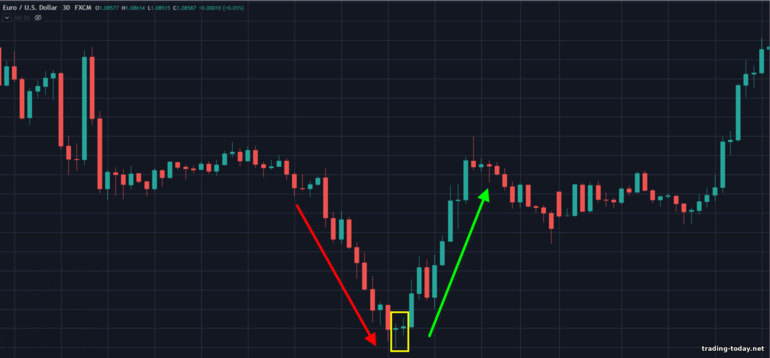
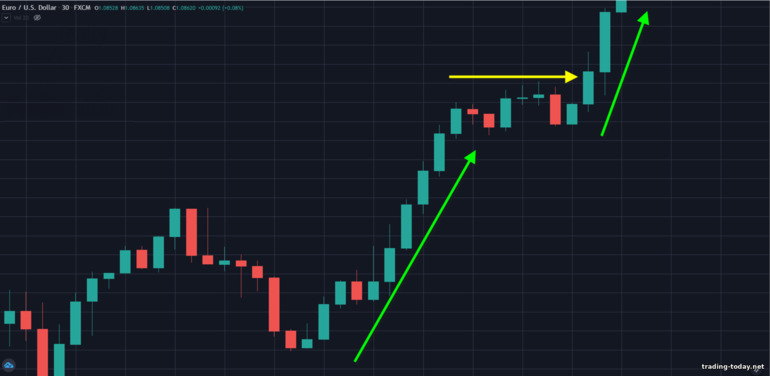
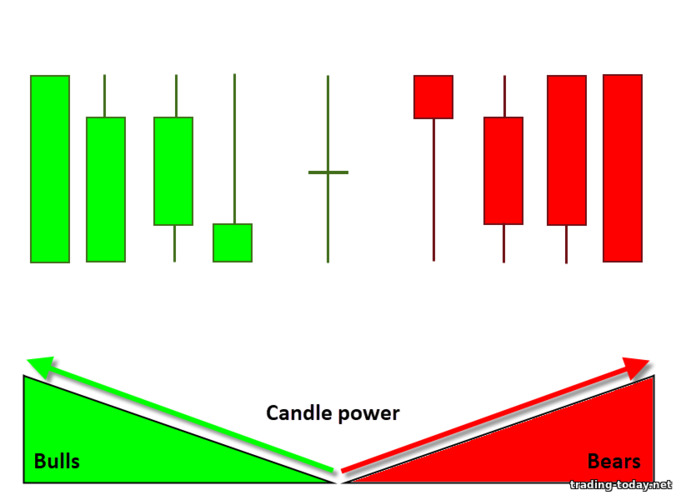
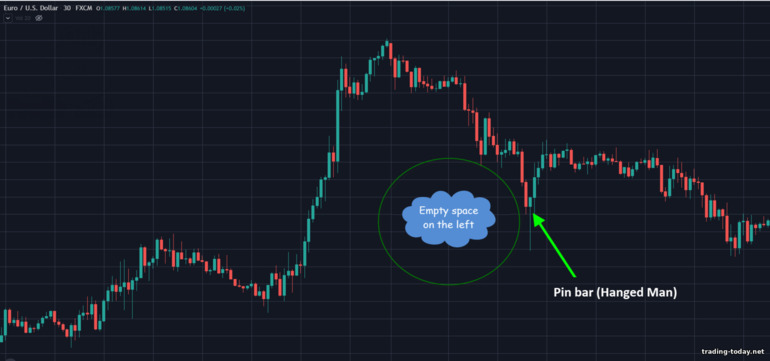
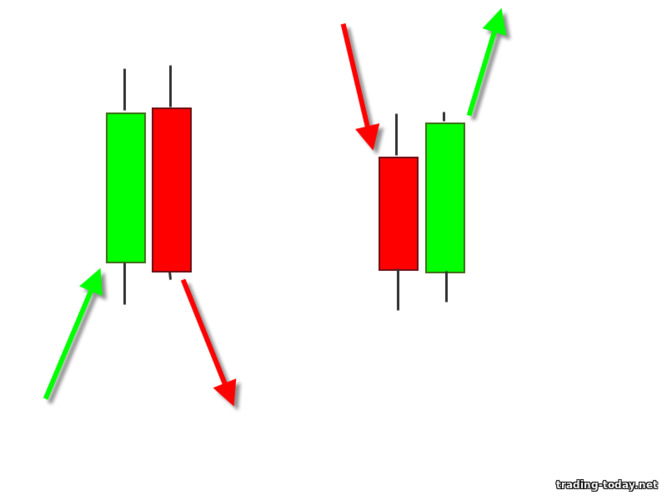
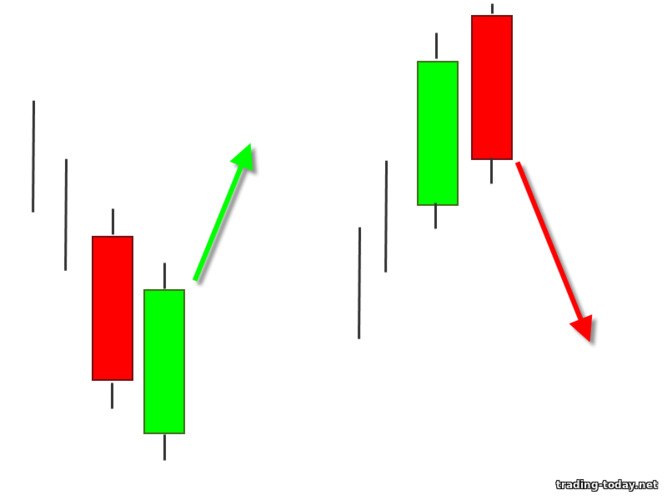

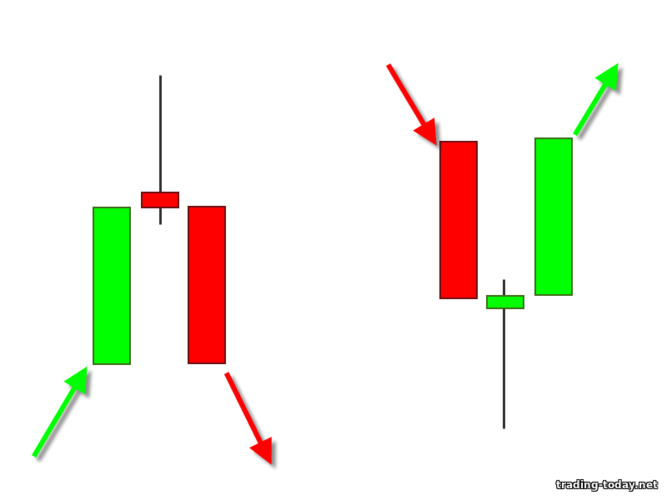
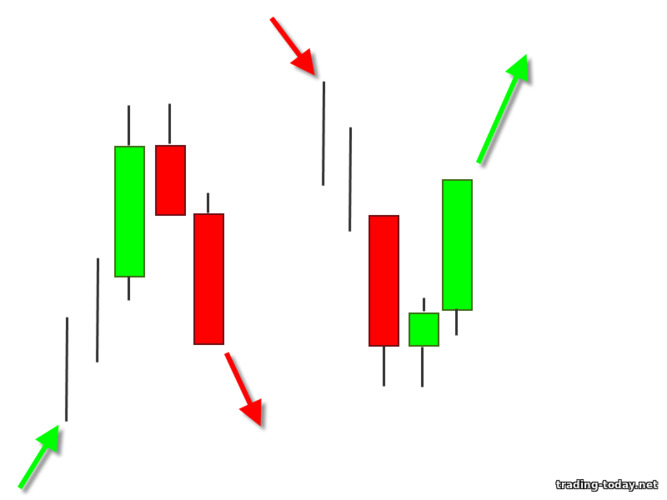
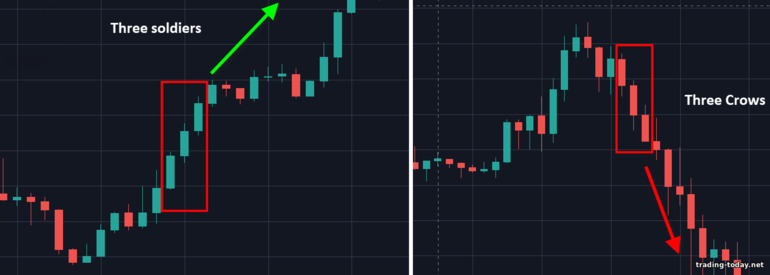
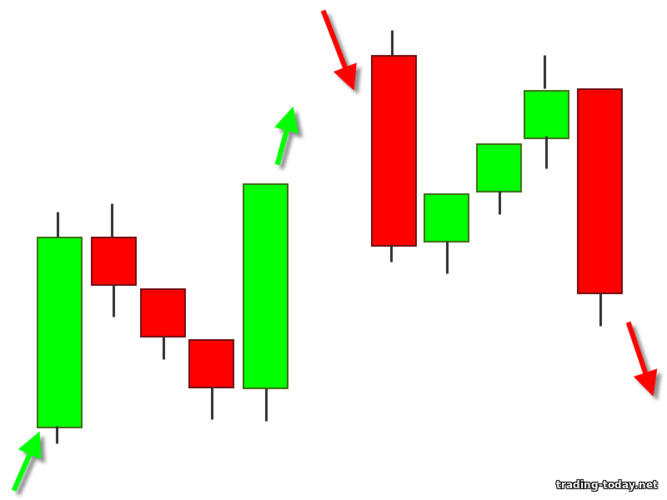
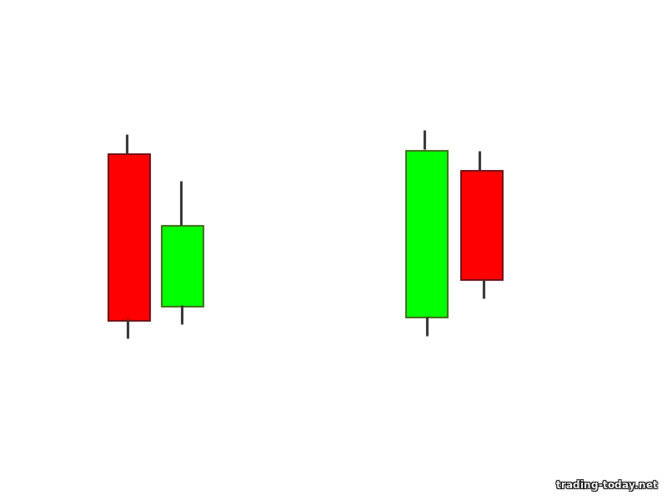
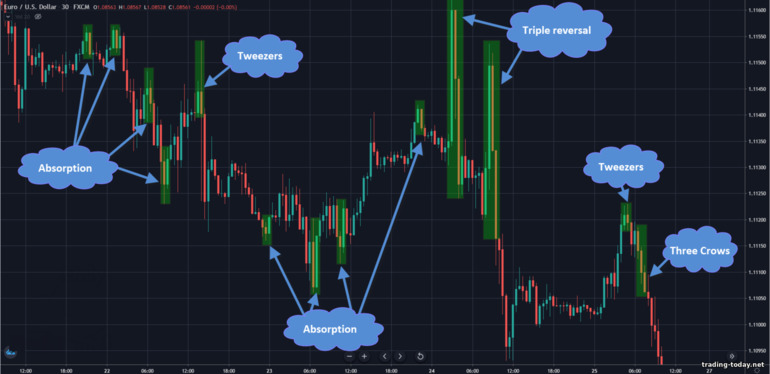
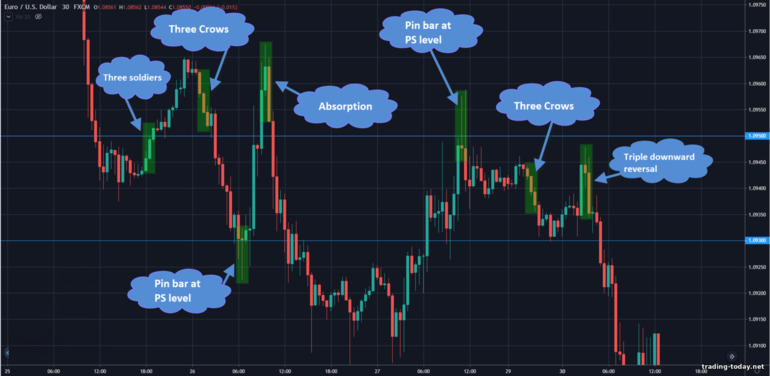

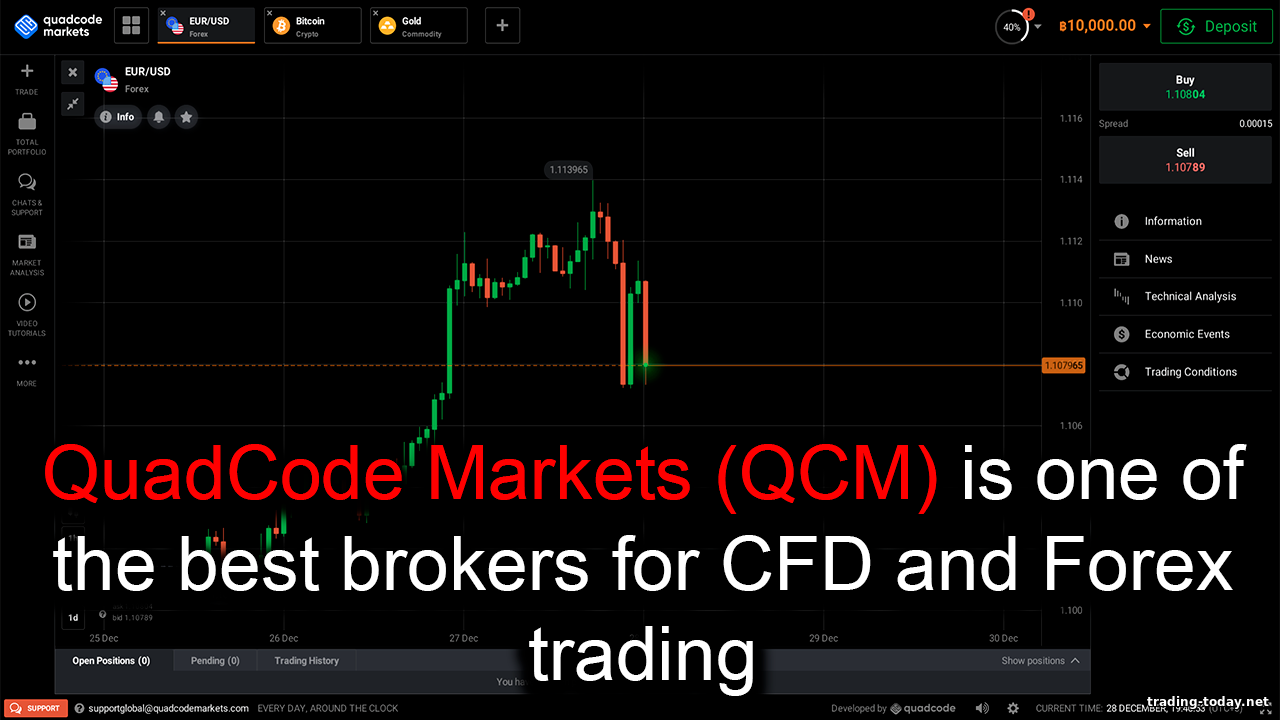



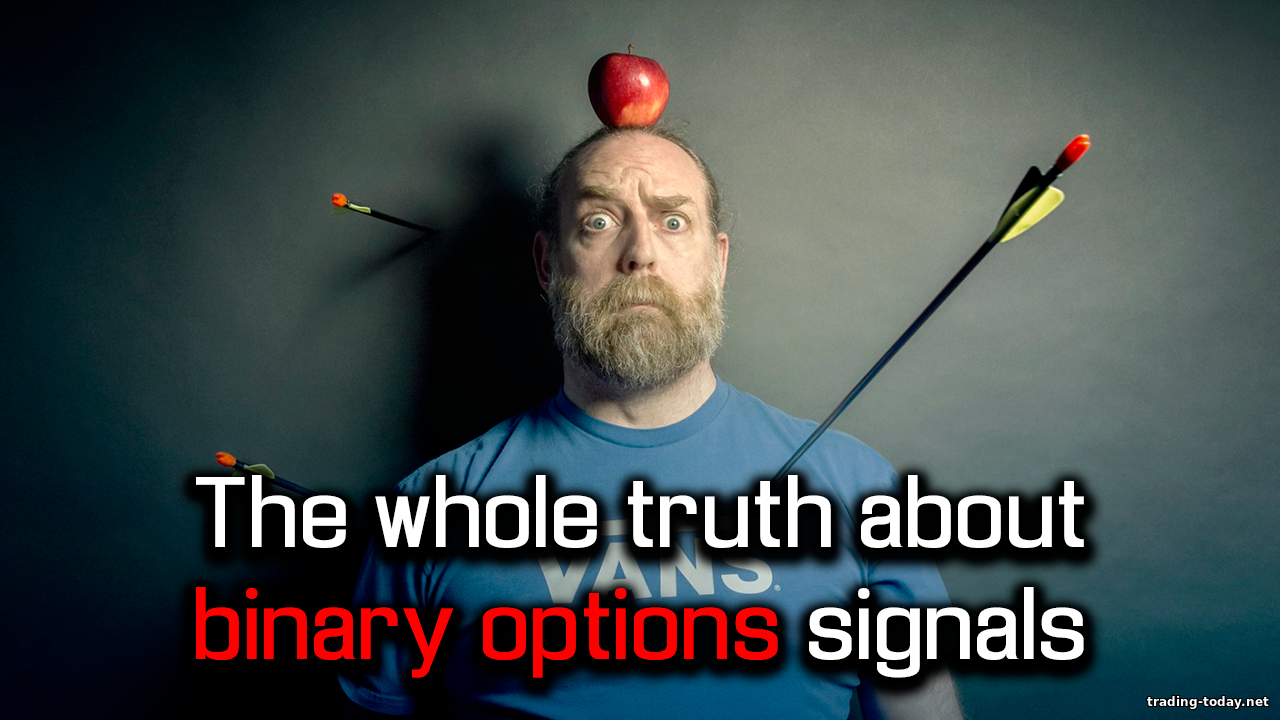
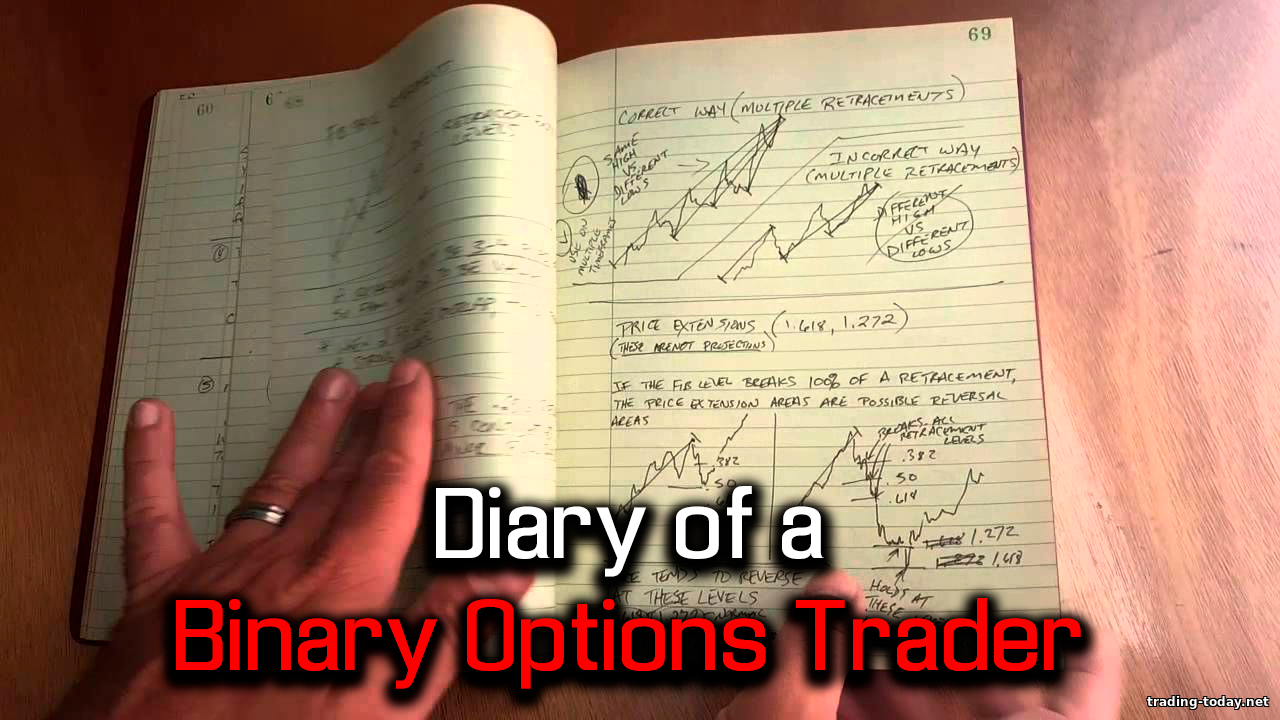

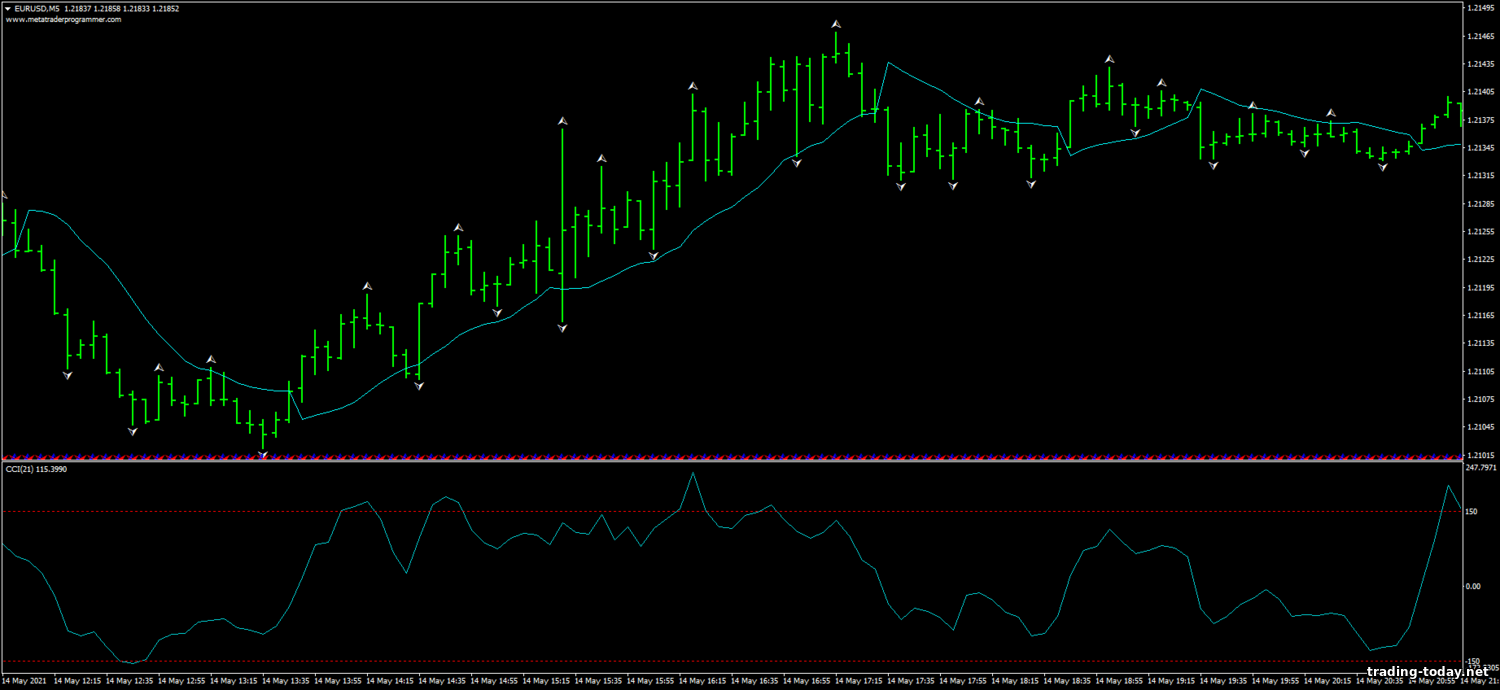
Reviews and comments